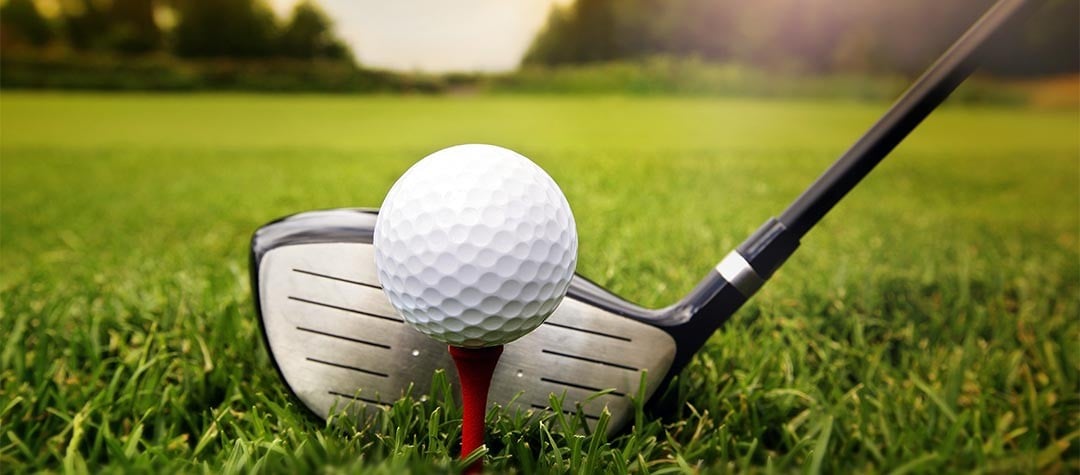Know your golf jargon? Take a refresher course with our list.
You may think that a round of golf might end up with you reaching for a birdwatcher’s handbook, with birdies, eagles and albatrosses among some of the common golfing terms, and you might also have concerns about stumbling upon a bogey or a bit of rough. After you’ve learnt this list you’ll sound like a pro, providing no one challenges you to a game.
Albatross: A score given for a hole that has been completed three strokes under par (the term par is explained below) and is sometimes known as a ‘double eagle’.
Birdie: A hole played one stroke better than the expected standard (one under par).
Bogey: A hole played one stroke over par. Or you could end up with a double bogey (two over par), a triple bogey (three over) or worse — it is not uncommon to suffer from a bogey five.
Chip: A short shot intended to play the ball onto the green and as near to the hole as possible.
Drive: Usually a long tee shot played with a wood or driver.
Eagle: A hole completed in two strokes under par.
Fairway: Exactly where golfers should aim to keep to — the short grass between the tee and the putting green.
Flag: The marker of holes on the course.
Fore: A shout made by golfers to warn others when it is possible that a ball may be about to hit other players or spectators.
Green: The specially prepared grass surface surrounding the hole, where golfers attempt to putt the ball.
Hole-in-one: A rarity but not impossible. This is where a player hits the ball directly into the hole from their first (tee) shot.
Iron: The metal clubs in your bag (but not your woods or putter). These are numbered one to nine and generally the lower the number, the longer the distance the ball will travel.
Par: Abbreviation for ‘professional average result’. This is the standard score for a hole or an entire course, which state the number of shots a professional is expected to take to hole the ball or complete the round.
Pitch: A short shot (but longer than a chip) played with a higher numbered club with less than a full swing — to flight the ball towards the target with accuracy.
Putt: A shot played on the green, usually with a putter — with the intention of getting the ball in the hole.
Putter: A flatter edged golf club intended to make the ball run smoothly along the green into the hole.
Rough: The longer and coarser grass at either side of the fairway that is best avoided.
Round: The act of playing on a course, usually consisting of 18 holes.
Sand wedge: A heavily angled club designed for playing out of a sand bunker.
Sweet spot: The point on your club where you want to impact on the ball, to get it to go where you want. Cavity-backed clubs have large sweet spots and are best for beginners.
Tee: Refers to part of the course where you start each hole. Also refers to the wooden or plastic peg which you place in the ground and on which you place your ball before ‘teeing off’.
Wood: These are the clubs you use to hit the ball the furthest, usually from your first (tee shot). The heads of the clubs used to be wooden, hence their name, but now most are metal.














